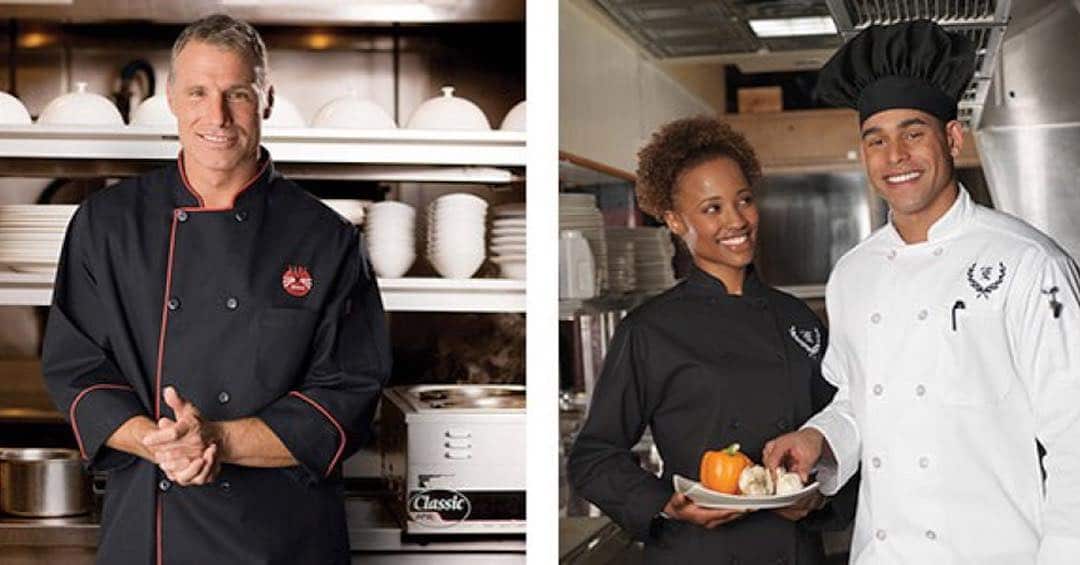The chef uniform is one of the most iconic looks in the world; a reflection of the high quality that they aim to deliver to the table.
Where did it come from and why is it so useful in the professional kitchen environment?
The History Of The Chef’s Uniform
Restaurants around the world have French chef and founder of haute cuisine Marie-Antoine Careme to thank for the chef’s uniform that we know today.
Way back in the early 1800s, in the aftermath of the French Revolution, Careme’s talent and ambition quickly elevated him within the renowned Paris cooking scene. He served as chef de cuisine under Napoleon, George IV, and other high-ranking diplomats.
He brought the white double-breasted jacket, apron, houndstooth pants, and toque hat together to honor the position of chef and stood as an excellent role model for those who would follow.
100 Ways To Cook An Egg
The uniform itself has an immediate reputation and authority in kitchens around the world. It often denotes the important hierarchy of the kitchen staff, but it has practical uses too.
Traditionally, the white color palette of the uniform exudes the idea of cleanliness, although black and other colors are becoming increasingly popular today too.
The white toque, that iconic chef’s hat, prevents hair from falling into food or from being caught in or burned by industrial kitchen machinery. It’s also said that the toque’s 101 folds denote all the different ways a chef can cook an egg. Whether that’s myth or not, the toque is an important accessory that reflects the mastery of the art of cooking and the respect earned in the kitchen.
Although less iconic than the hat, the chef’s coat is arguably the most important. The thick, cotton, double-breasted chef’s coat protects against steam, fire, and splatter from hot and cold foods alike. But because cotton is so breathable, it also helps keep you cool in the scorching, high-intensity environment of the kitchen. It’s the perfect armor while still remaining stylish.
The chef’s apron is another layer of shield against spilled food stains and hot liquid burns. Big apron pockets allow the chef’s tools to be within reach.
Chef pants are traditionally loose-fitting with a black-and-white houndstooth pattern. The fit makes sure the chef can move around the kitchen well and the pattern hides stains.
I. Buss & Allan Continues The Chef’s Tradition
At I. Buss & Allan, we honor the chef’s tradition while moving the look forward. Our custom-made uniforms reflect your brand’s signature style without sacrificing the spirit that Marie-Antoine Careme embodied all those years ago.
See our full catalog at ibuss-allan.com and don’t forget to follow us on Instagram and Facebook.

